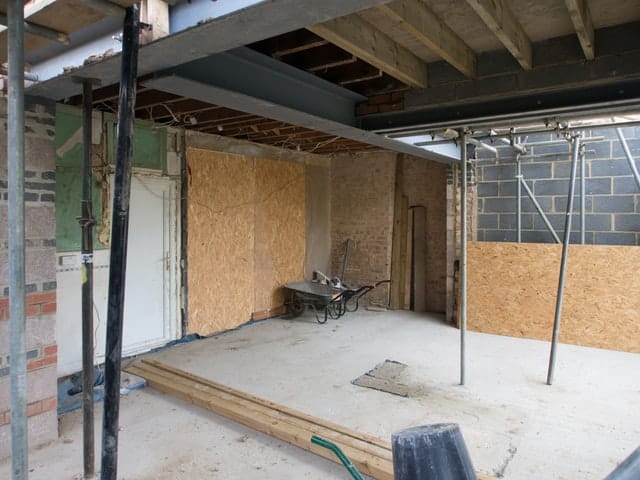3 Items to Use When Insulating Your Crawlspace
Share
A poorly insulated crawlspace can leave your floors feeling chilly and may lead to moisture build-up in your home. To avoid this, you need to diagnose the condition of your crawlspace and insulate accordingly.
Ventilated Vs. Unventilated
Air movement through your crawlspace will impact the temperature of your floors. Restricting air movement can lead to mold growth. If your crawlspace needs to be ventilated, then the insulation you apply is protecting your floor from the temperature of the crawlspace. Creating an unventilated crawlspace means that you’re sealing the crawlspace against exterior temperatures.
If Your Crawlspace Is Ventilated
Ventilated crawlspaces are a common construction feature in regions that don’t suffer extreme cold. This form of construction reduces the risk of mold build-up because air is always moving through the crawlspace.
If your crawlspace is ventilated, you can add fiberglass insulation between the floor joists of your crawlspace. Not only will this prevent a cold floor, but it will make the room quite a bit quieter.
You will need to brace the insulation in place and can cover it with a vapor barrier if you choose. Sand may be applied on top of the vapor barrier to keep it in place and protect it from damage.
If Your Crawlspace is Not Ventilated
Sealing up the ventilation in your crawlspace is critical if you live in a cold climate. To seal the exterior walls of your crawlspace, you will need to use
- a moisture barrier on the ground to reduce the risk of moisture build-up
- rigid foam insulation on the walls of the foundation
- spray foam to protect the rim joist
Once your crawlspace is fully insulated and sealed against cold air, it will need to be monitored for moisture. You may need to add a sump pump to keep moisture out of the space.
If your crawlspace gets moist, you are at risk for mold. To keep this space warm and dry, you can add a heating duct to the space and let your furnace warm the crawlspace. This will both warm up the floor and reduce the risk of moisture build-up. For those who choose to add a furnace vent to the crawlspace, it’s critical that you do not add fiberglass batts between the floor joists, as you will actually be limiting the heat applied to the floor.
Proper treatment of your crawlspace can keep your home warm and cozy. Be vigilant about moisture and the risk of mold growth. Keep the crawlspace dry and inspect it frequently once you’ve made changes to keep your household safe.

























